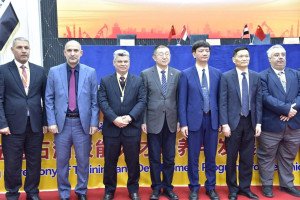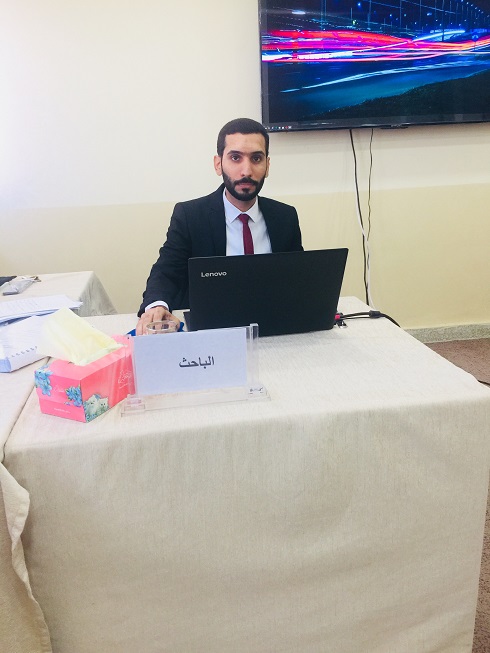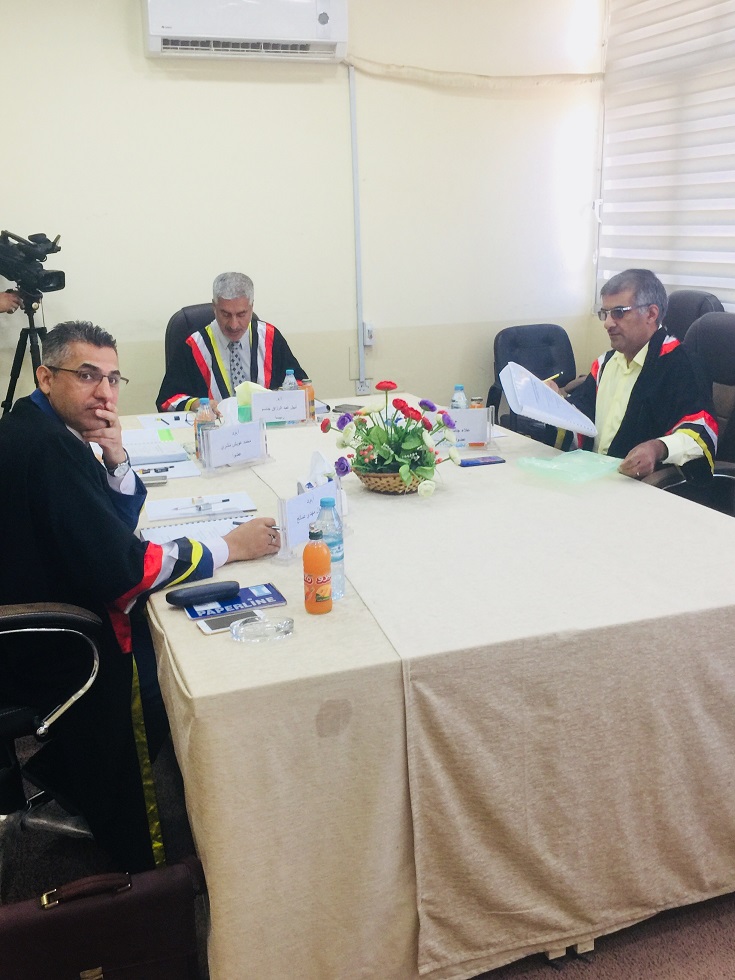
A master's thesis was researched at the College of Engineering at the University of Basrah (Optimal Design of Reinforced Concrete Columns) by Mujtaba Nuri Saleh
The study dealt with the use of different methods of optimization to find the optimal design for short reinforced concrete columns used in buildings under the influence of all loading cases. The longitudinal and the cost of the transverse ties in addition to the cost of the mold for the columns. The design variables included the dimensions of the column section and the proportion of reinforcing steel in the section in addition to the distance between the transverse ties. The design method for each column was determined according to the loads applied to it and the use of the (1oad-contour) method for designing columns loaded with torques in both directions and adopting the design for short columns only.
The results of the study showed that the methods used in the optimization can be used efficiently and successfully to find the optimal design for reinforced concrete columns, as the genetic algorithm method has proven its ability to deal with problems on a side of complexity, such as designing columns with many design determinants, but the cascading quadratic programming method is the fastest in finding the least and easiest goal In use, the results also showed that the cost of concrete is more effective than the cost of rebar in the design of columns, as the results showed that the proportion of rebar must be used in column reinforcement in order to obtain the lowest cost and the best design quality of concrete and rebar as well. Being within the acceptable limits has a different effect on the total cost of the columns depending on the loading condition of the column, while the increase in the yield stress of the rebar leads to a decrease in the total cost of the column








